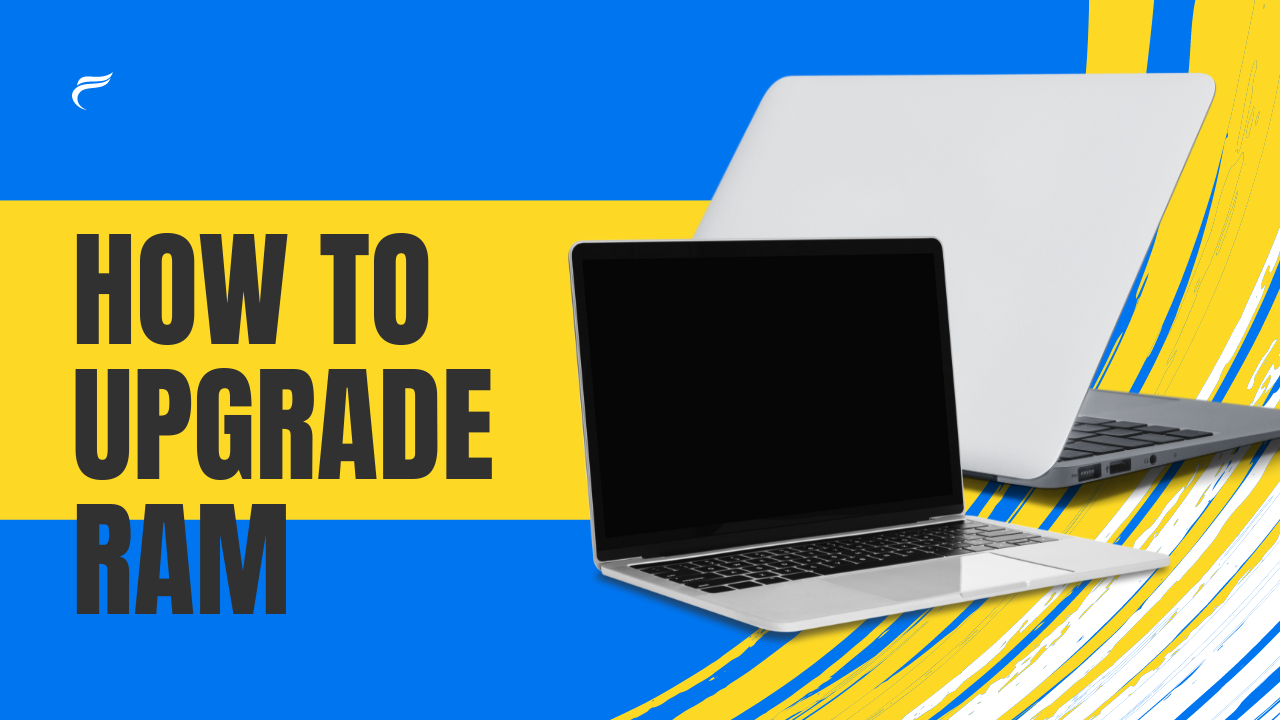Is your computer feeling sluggish? Are applications taking forever to load? Upgrading your RAM (Random Access Memory) could be the key to unlocking a smoother, faster computing experience. RAM acts as your computer’s temporary workspace, storing frequently accessed data and instructions for speedy retrieval. By upgrading RAM, you provide your system with more elbow room, enabling it to multitask efficiently, handle demanding programs, and overall deliver a zippier performance.
Before You Begin: Assessing Your Needs
Before diving into the exciting world of RAM upgrades, it’s crucial to understand your system’s current memory and your specific needs. Here’s what you need to know:
- Check your current RAM: Open your computer’s system information (Windows) or Activity Monitor (Mac) to see how much RAM you currently have.
- Identify your RAM type: Crucial online tools or your system manual can help you determine the type of RAM compatible with your motherboard (DDR3, DDR4, etc.).
- Evaluate your usage: Consider how you use your computer. Gamers, graphic designers, and video editors require more RAM than casual users.
Choosing the Right RAM for Your System
With your needs assessed, it’s time to upgrade RAM. Here are some key factors to consider:
- Capacity: Aim for at least 8GB for basic tasks, 16GB for moderate multitasking, and 32GB or more for demanding applications and gaming.
- Speed: Higher clock speeds (e.g., 3200MHz) improve data transfer rates, boosting performance. However, ensure your motherboard supports the chosen speed.
- Brand and Warranty: Opt for reputable brands with reliable warranties for peace of mind.
Upgrading RAM doesn’t require an engineering degree, but following the correct steps ensures a smooth process. Here’s a basic guide:
- Gather your tools: Screwdriver, anti-static wrist strap (optional), and your new RAM modules.
- Power down and unplug your computer: Safety first!
- Open the case: Consult your manual for specific instructions.
- Locate the RAM slots: These are usually near the CPU.
- Install the new RAM: Gently insert the modules into the slots, ensuring proper alignment and a firm click.
- Close the case, plug in, and power on: Your computer should automatically recognize the new RAM.
Upgrading RAM can be a rewarding experience, offering a significant performance boost at a relatively affordable cost. By carefully evaluating your needs and choosing the right components, you can unlock the full potential of your computer and enjoy a smoother, faster user experience.




